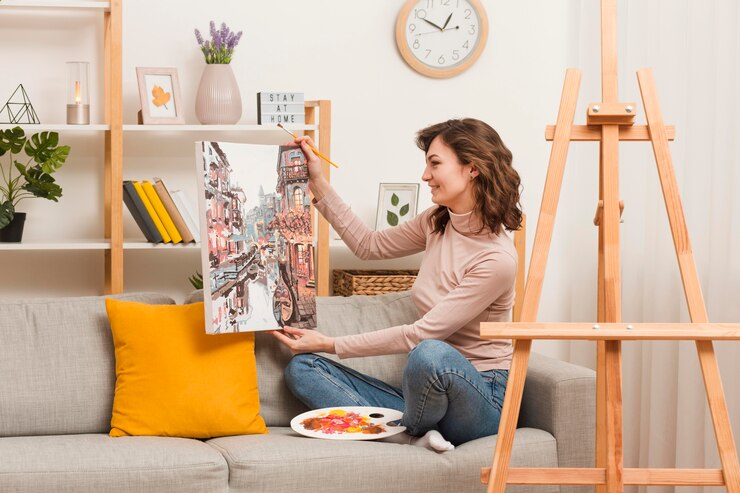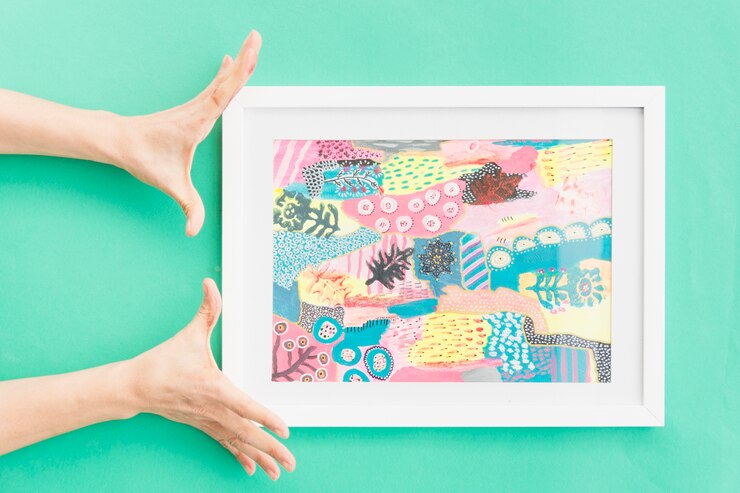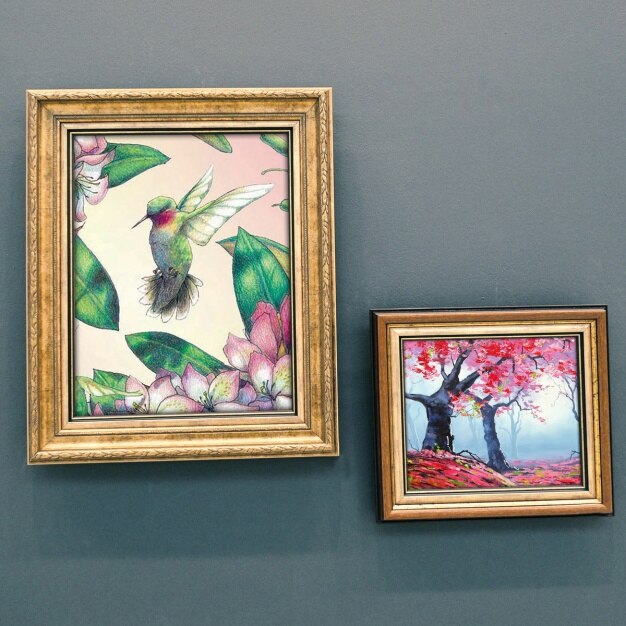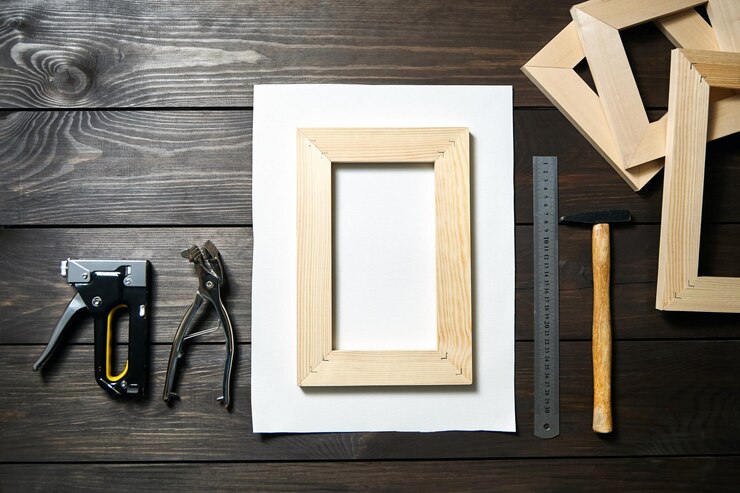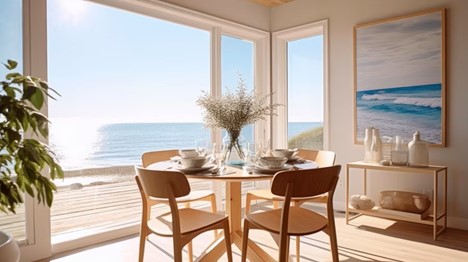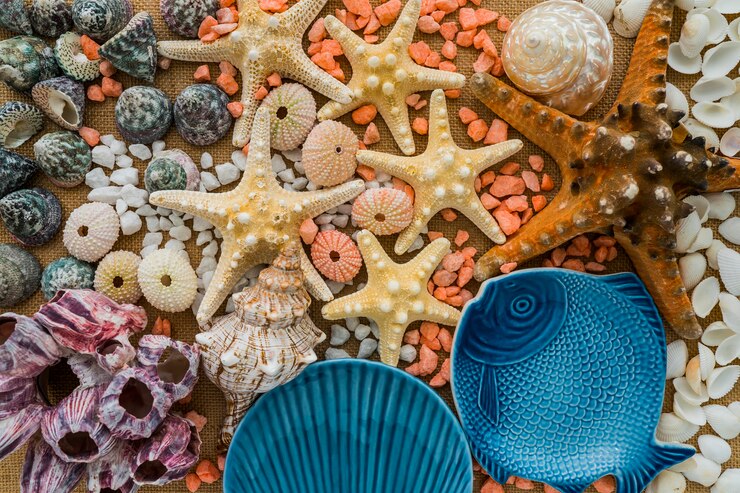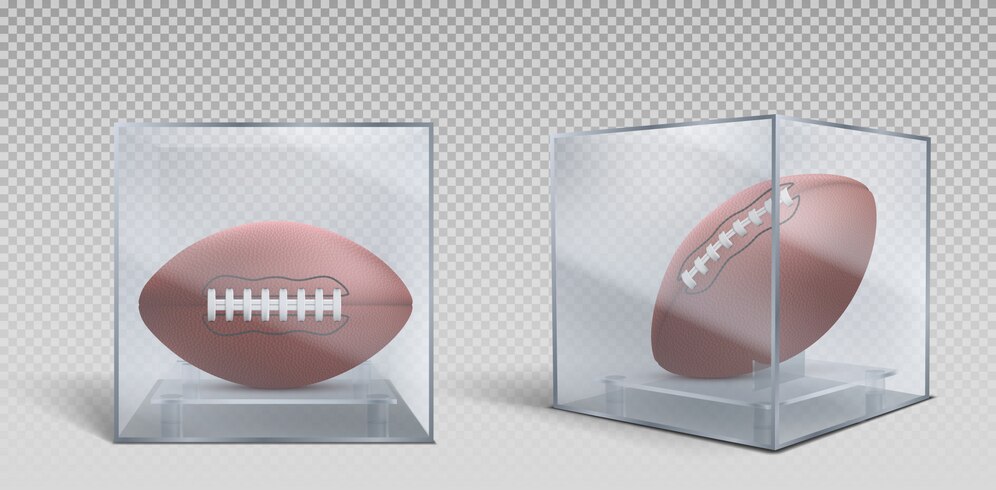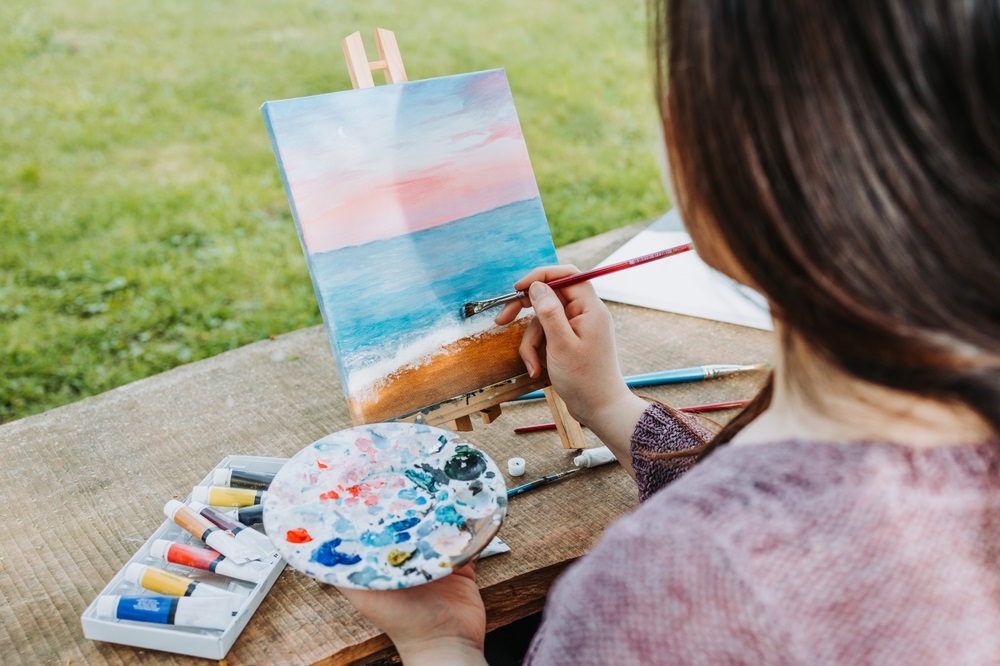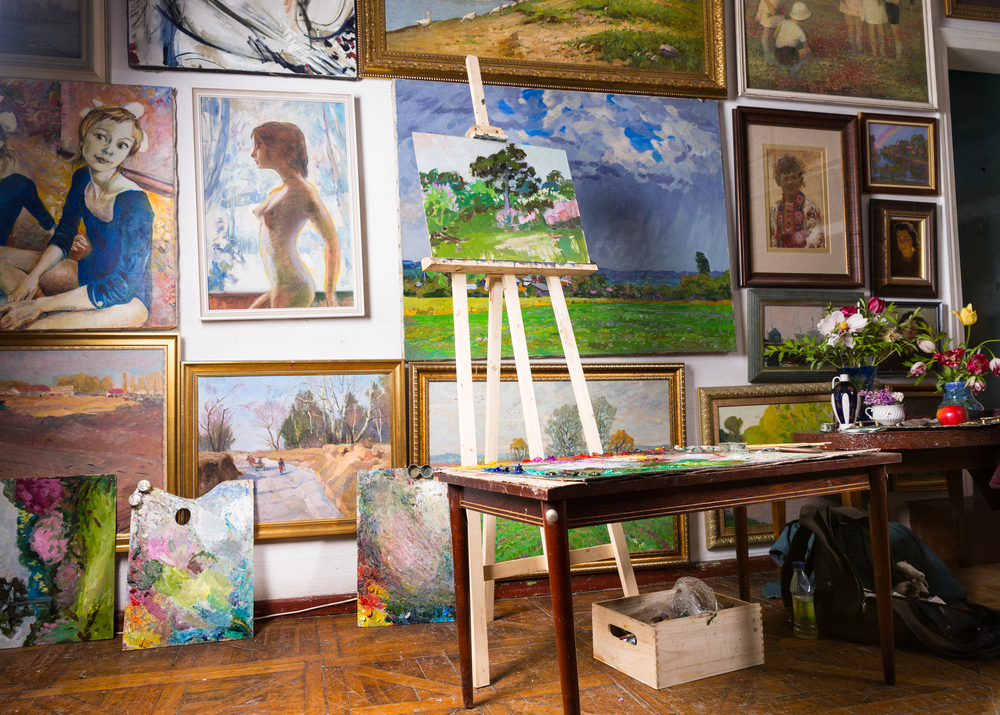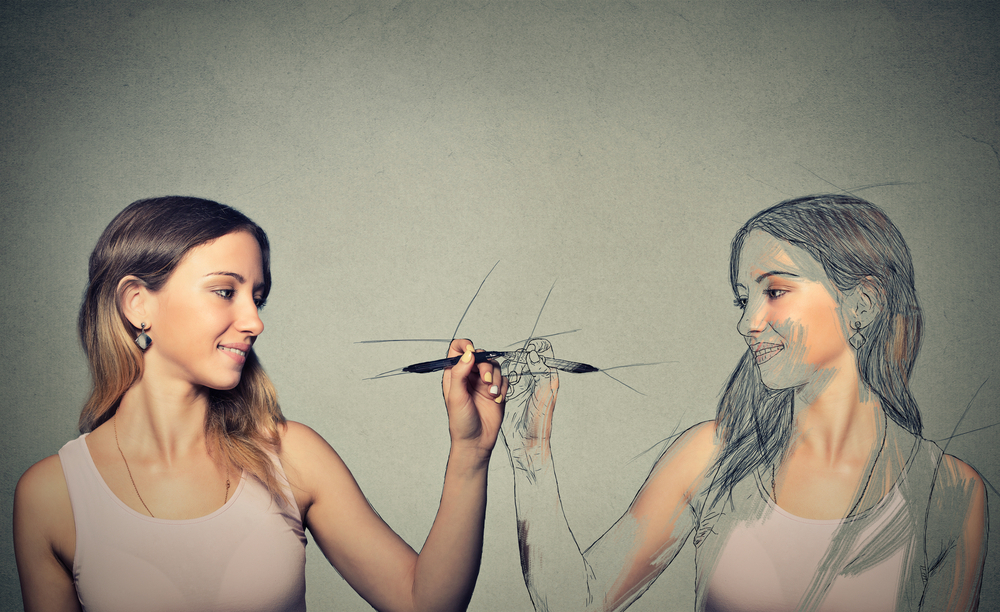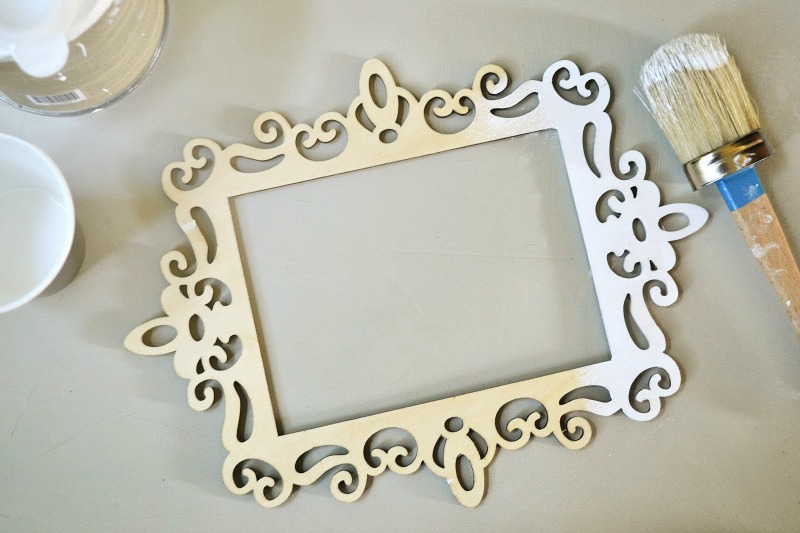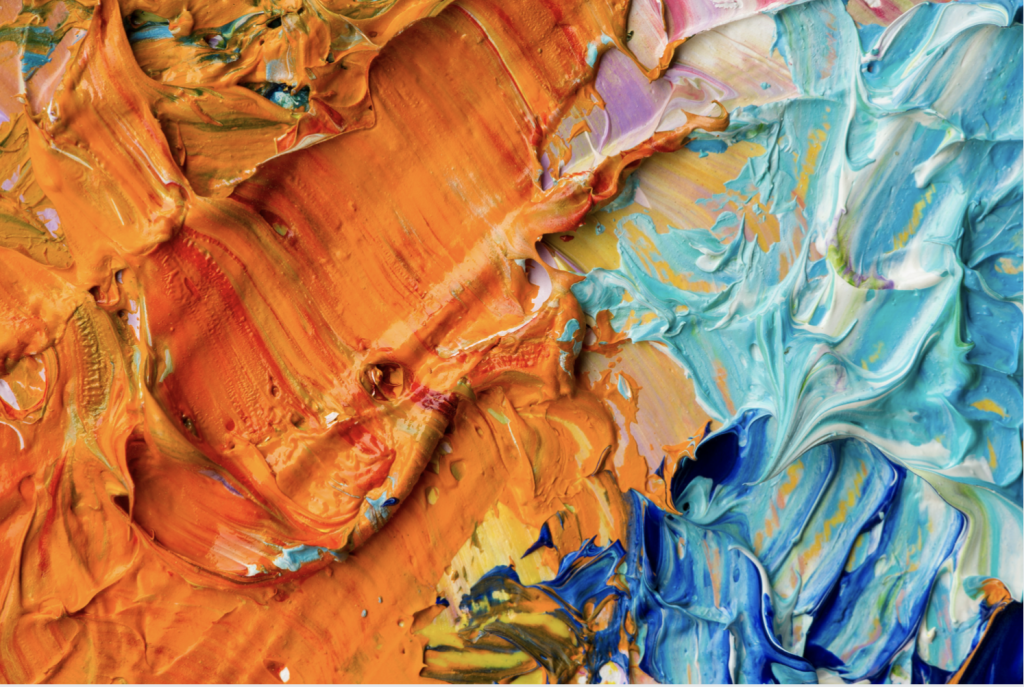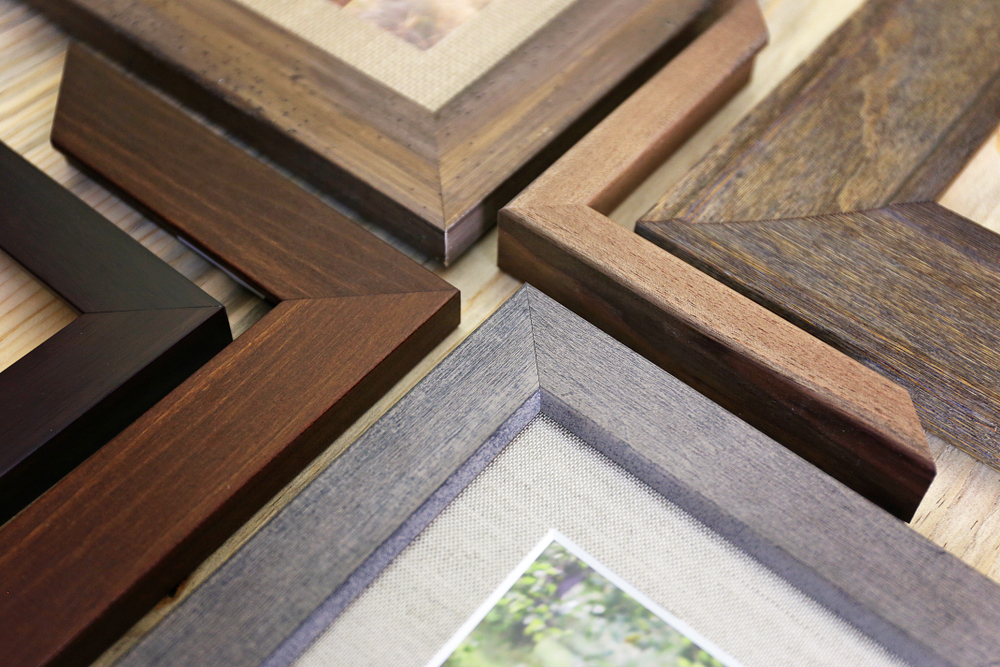Why You Should Frame Autographs and Autographed Items?

Autographed items hold a special place in our hearts. It offers a personal connection to our favourite figures. Whether it’s the signature of an athlete, musician, or another public figure. The uniqueness of an autograph makes it a cherished possession.
In this article, we’ll explore the importance of frame autographs. Exploring how it preserves your valuable memorabilia and enhances its longevity.
You Should Frame Autographs and Autographed Items
Why Autograph Framing Matters?
Framing autographs isn’t just about aesthetics. It’s a careful process that involves different factors. Like the type of picture, display conditions, lighting, humidity, temperature, and cost.
Improper framingnot only reduces the visual appeal. But can lead to irreversible damage. Hence, affecting autograph picture frame market value.
| Key Benefits Frame Autograph | |
| Valued Personal Connections | Autographs are personal messages from your idols, exclusively for you. Frame preserves the lasting connection. |
| Protection Against Elements | Shield autographs from heat, light, and moisture to prevent fading, bleeding, and Mold. |
| Hang with Pride | Display autographed memorabilia proudly with various framing styles from Framous Pictures. |
| Preserve the Monetary Value | Secure framing maintains autograph integrity, maximizing resale potential and value. |
| Creative Framing Options | Explore various styles, finishes, and materials with reversible framing for future flexibility. |
| UV Protection for Long Life | Framing shield autographs against UV damage. |
| Safety Against Humidity & Heat | Expert techniques safeguard autographs from atmospheric conditions. |
Can Cheap Framing Ruin Your Autograph?
The Risk of Improper Framing
Absolutely! Using a cheap, off-the-shelf frame can seriously harm your frame autographs.
The term “cheap” here isn’t just about low cost. It’s about avoiding generic products. Think of your autograph frame as an investment. Not just an extra expense.
Without proper framing, your autographed photo or document is vulnerable to various damages:
- Discolouration: Light sources and UV rays cause fading.
- Mat Burn: Areas in contact with the mat turn brown over time.
- Dampness and Mold: Humidity leads to Mold growth.
- Cracking and Peeling: Extreme temperature changes damage your autograph.
This damage isn’t immediately visible. But once noticed, it’s often irreversible.
Your frame autograph’s market value can be permanently reduced. Even if your autograph is away from direct sunlight. Both outdoor and indoor UV light rays pose risks.
While aesthetics matter, protection is key. So, when selecting an autograph photo frame. Consider both its aesthetic appeal and its ability to protect your autograph.
Pick the Right Autograph Framing Technique
When it comes to framing, there are three main categories you’ll encounter:
- Regular Framing
- Conservation Grade Framing
- Museum Quality Framing
The key difference among these frame autographs types lies in the glass they use. Glass is the primary barrier against potential damage to your autographed photo. While regular framing is more budget-friendly. conservation grade offers a good balance. And museum-quality framing provides good protection for your valued collectibles. Like a frame for autographed jersey.
Consider your priorities and budget when choosing the framing that suits your needs.
1. Regular Framing: Budget-Friendly
Regular framing is the most budget-friendly option. It uses standard glass.
If your goal is to maintain your collectible’s appearance over the years. Regular framing might not be the best choice. Weigh the cost against the long-term preservation of your autographed framed.
Here’s a breakdown of its pros and cons:
Pros
- Protects against dust and fingerprints.
- Competitive pricing.
Cons
- Blocks minimal UV light.
- Susceptible to heat and humidity.
- Non-reflective glass may cause glare.
2. Conservation Grade Framing: Protection At Best Price
Conservation-grade framing is an excellent choice for items stored at home. Especially in temperate climates. It falls within the higher quality market value framing.
This is the best frame for autographed picture with personal and sentimental value. It balances between protection and cost-effectiveness. Also, maintaining the item’s condition.
Here’s what you need to know:
Pros
- UV coating for light protection.
- Increasingly cost-effective.
Cons
- Limited reflection-free viewing.
3. Museum Quality Framing: Long-term Protection
It is the most expensive option. Museum-quality framing offers major value for your investment.
The higher initial cost is an investment in the long-term preservation of your autograph. Museum-quality framing not only ensures top-notch protection. But also delivers a clearer, brighter display.
Here’s what makes it stand out:
Pros
- Blocks 99% of UV light.
- Lowest reflection, best clarity.
- Preserves autographs for generations.
- Detailed clarity allows you to pick out even the smallest features of your autograph.
Cons
- Higher upfront cost.
Matting
The glass in your frame is important. But it’s not the only piece in the framing puzzle. It’s important to prevent your photo from sticking to the glass.
If a photograph touches the frame’s glass condensation from heat. It can lead to 2 issues: water damage or sticking to the glass. This makes removal impossible without peeling or tearing.
This is where matting steps in.
An autograph frame mat board acts as a barrier between the glass and your item. So, it doesn’t come into direct contact with the glass surface. Additionally, using a board adds to the display by adding depth and shades to your photos. Improving their aesthetic appeal.
However, matting comes with potential risks.
How Matting Can Harm Your Picture
The material of the mat board can cause irreversible damage to your photo. Known as acid burn.
A. What is Acid Burn?
Over time, some autograph picture frame mat boards go through a degradation process. Gradually leaking acid onto your item.
This is a slow process,
It is dependent on the mat board’s material, humidity, and temperature changes. While can see it on the item’s edges. Which shows obvious browning where your item has touched the board.
The best way to prevent mat burn is to use acid-free matting.
B. How to Avoid Mat Burn?
1. Acid-Free Matting
The majority of mat boards today are initially acid-free. However, this category is not lignin-free. Lignin leads to mat burn over time.
If your mat board is not lignin-free. Its replacement every few years is necessary to avoid mat burn.
2. Lignin-Free Matting
Also known as conservation matting, these boards are completely lignin-free. However, they do eventually degrade and require replacement. But this typically happens over decades.
3. Museum-Grade Matting
Museum-grade boards are made of cotton. Fade and bleed-resistant, naturally acid-free, and lignin-free.
It has helped in preservation for hundreds of years. Lasting across generations. It is highly recommended for framing autographed photos, historical pictures and documents.
Mounting Your Autographs
Always ask how your pictures will be mounted inside the autograph display frames.
If you don’t!
Framers might use glue or tape, causing irreversible damage. Find a framer who can do the work the way you need.
How to Mount Your Autograph Frames | 5 Ideas
1. Double Matting
Ask for double or triple matting with different colours. Two or even three mats in different colours give your framed pieces depth and sophistication.
The bottom one will be visible only at the border. Creating a unique and consistent look.
2. Multiple Openings
Merge more than one item in separate openings to create a visually rich experience. Combine photographs with other memorabilia for a unique display.
Frame more than one piece with separate openings in your top mat. Combine photos with clips, programs, letters, and tickets for a richer visual experience.
3. Shadow Boxes
If you have thicker items like books or sports memorabilia, ask for shadow boxes. They add a creative touch to displaying autographed objects like autographed jersey frame.
A professional framer can explain how items will be mounted inside the frame. Using tape, photo corners, plastic lines, etc.
4. Fillets
Attach small pieces of thin frame to the inner border of the mat opening for a decorative edge. This is called fillets. It’s a simple way to enhance the overall look.
5. Floating
Opt for float mounting when using two mats. Your collectible appears suspended. Creating a visually appealing effect.
Improve the look of your framed autographs by using these simple tricks. Remember, the right framing can make a great difference.
You Need Expert Touch to Frame Unconventional Items
Framous Picture stands out as an expert in handling and framing autographed memorabilia.
Sometimes, autographs find their way onto unconventional materials like napkins, jerseys or merchandise. While these items hold rich stories and memories. They require quality framing to ensure their longevity. For instance, give your autographed jersey frame a special place on your wall with a custom frame.
Framous Picture offers expertise in preserving your treasured autographed memorabilia.
Go for Timeless Preservation
Preserving your autographs is worth the investment.
Custom framing may cost more initially. But offers lasting protection and durability compared to off-the-shelf options.
Choose quality for timeless preservation.
Preserve Your Autographs with Framous Pictures
Discover the perfect frame for your valued autographs. Explore creative options, ensure long life with UV protection, and trust industry-leading expertise.









